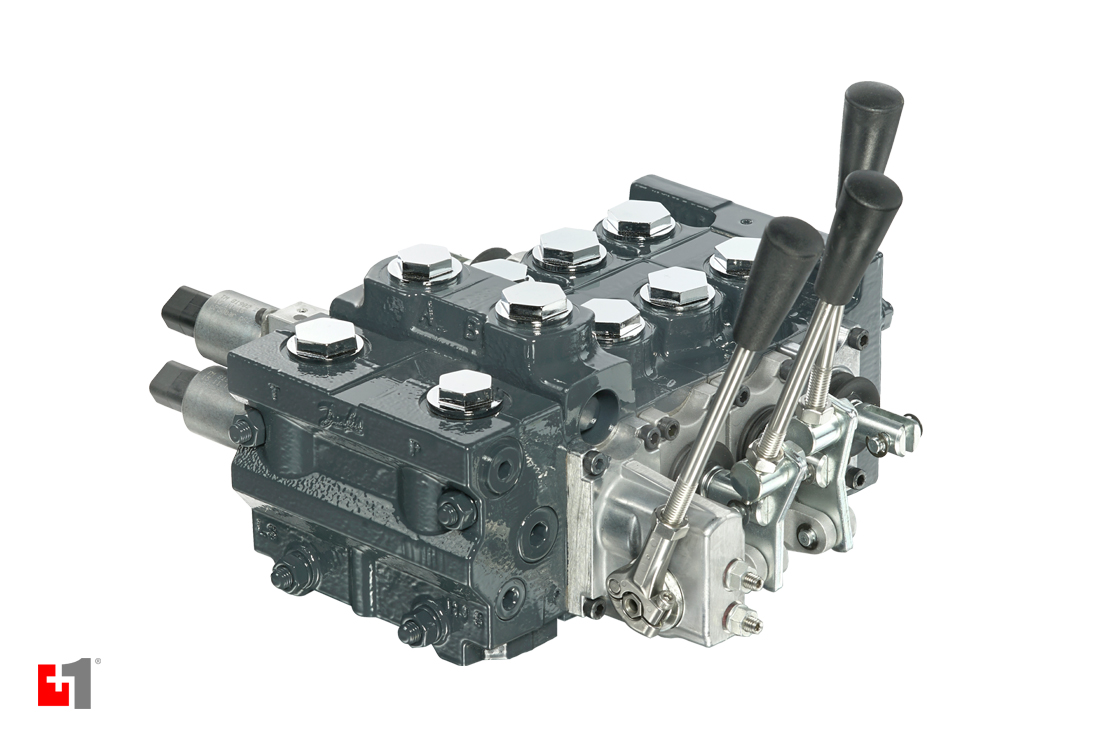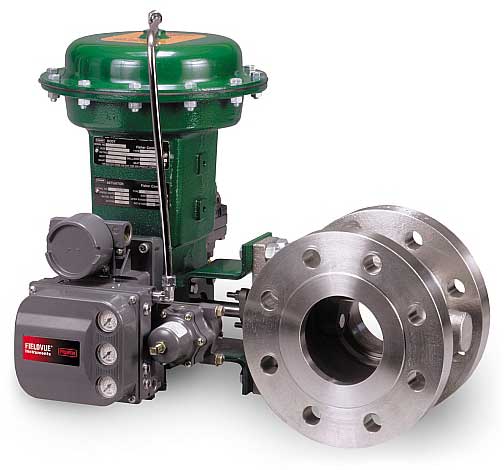Enhancing Functional Effectiveness with Advanced Control Valves
Enhancing Functional Effectiveness with Advanced Control Valves
Blog Article

Maximize Power Financial Savings and Convenience With Advanced Structure Automation Controls
In the world of modern architecture and center monitoring, the combination of sophisticated structure automation regulates stands as a pivotal development. The merging of innovation and sustainability has birthed a brand-new era where energy performance, convenience optimization, and functional streamlining are no more achievable realities but distant aspirations. By using the power of automation, buildings can adjust, react, and evolve in methods that were as soon as inconceivable. The potential for considerable energy savings and improved comfort is not just a promise yet a possibility waiting to be satisfied. This standard shift in structure management holds the vital to unlocking a world where ecological conscientiousness and occupant wellness sympathetically coexist within the walls of our frameworks.
Power Effectiveness Benefits
Power efficiency benefits can considerably minimize energy intake and functional prices in buildings. Energy-efficient systems, such as sophisticated structure automation controls, can maximize the usage of sources like cooling, home heating, and illumination, leading to reduced power expenditures over time.
Furthermore, improved energy performance can extend the life-span of building equipment and systems. By operating much more efficiently, heating and cooling systems, light, and various other structure components experience much less wear and tear, causing minimized upkeep and substitute costs. Additionally, energy-efficient buildings usually regulate greater residential or commercial property worths and rental rates, giving long-lasting economic benefits to proprietors.
In addition, power effectiveness can enhance passenger convenience and productivity. Correctly regulated interior atmospheres with optimal lighting and thermal conditions produce a more favorable and enjoyable work space, leading to boosted worker fulfillment and efficiency. Generally, the power effectiveness advantages connected with advanced building automation controls are multifaceted, incorporating price savings, ecological stewardship, and resident health.
Improved Comfort Control
Enhancing comfort control in building environments calls for a sophisticated combination of advanced automation systems for optimum resident health. By using sophisticated structure automation controls, facilities can customize the interior atmosphere to meet the certain demands and choices of occupants. These systems enable precise law of illumination, temperature level, and ventilation, developing a comfy and effective environment. Occupant fulfillment and productivity are closely connected to thermal comfort, making it important to have systems in position that can adjust to transforming conditions in real-time.
Enhanced convenience control exceeds fundamental temperature adjustments. It consists of features such as tailored settings, tenancy sensors, and all-natural light application to develop a dynamic and responsive atmosphere. By including these sophisticated controls, buildings can not only boost comfort yet additionally boost energy effectiveness by optimizing system procedures based on real tenancy and usage patterns. Eventually, focusing on resident convenience via advanced automation systems results in a much more delightful and healthier interior environment.
Functional Effectiveness Improvements

In addition, the implementation of real-time tracking and analytics devices makes it possible for building operators to recognize energy inadequacies and operational abnormalities promptly. By constantly keeping an eye on energy use patterns and system efficiency metrics, adjustments can be made in real-time to maximize power consumption and make sure peak operational effectiveness. control valves. In addition, incorporating need feedback methods into structure automation controls can even more improve functional performance by dynamically readjusting power usage based on grid problems and rates signals
Indoor Environment Optimization
Reliable interior climate optimization is an essential facet of structure automation controls, ensuring occupants' comfort and wellness while making best use of energy financial savings. By using sophisticated sensing units and controls, constructing automation systems can constantly keep track of and adjust temperature level, moisture levels, air quality, and ventilation to produce an ideal indoor atmosphere. Maintaining comfy and regular conditions not just enhances passenger complete satisfaction yet also increases productivity and general health.
Indoor climate optimization additionally plays a vital function in power effectiveness. By fine-tuning air flow, heating, and air conditioning systems based upon real-time information and occupancy patterns, building automation controls can considerably reduce web energy usage - control valves. For circumstances, implementing methods such as demand-controlled ventilation and thermal zoning can assist lessen energy waste while making certain that each area of the building receives the essential conditioning.

Sustainable Atmosphere Development
Building automation controls not only optimize interior climate problems for energy efficiency and owner comfort however also lay the structure for creating a lasting environment via critical administration of sources and systems. By integrating sophisticated building automation innovations, such as sensors, actuators, and smart software application, facilities Go Here can keep an eye on and change energy usage in real-time to reduce waste and minimize their carbon impact. These systems allow predictive upkeep, identifying possible concerns prior to they intensify and enhancing equipment efficiency to boost long life and performance.
Furthermore, lasting atmosphere creation prolongs past power administration to encompass water conservation, waste reduction, and indoor air high quality renovation. Structure automation controls can control water usage, find leaks, and ensure proper garbage disposal methods, adding to total sustainability efforts. In addition, by keeping track of and controlling ventilation and filtration systems, these technologies improve resident wellness and productivity while decreasing energy intake connected with HVAC operations.
Conclusion
Finally, progressed building automation controls deal considerable advantages in regards to energy financial savings, comfort control, operational performance, interior climate optimization, and producing a lasting environment. By applying these controls, buildings can achieve optimal performance while decreasing power usage and enhancing occupant comfort. It appears that the usage of innovative automation technology is vital in enhancing building efficiency and creating a much more sustainable future.
Power effectiveness advantages can considerably minimize energy usage and functional prices in structures. Overall, the energy efficiency advantages connected with sophisticated structure automation controls are complex, incorporating price financial savings, environmental stewardship, and passenger well-being.
In addition, including need feedback strategies into building automation controls can further enhance functional performance by dynamically changing power usage based on grid conditions and rates signals.
Building automation manages not just enhance interior climate conditions for power performance and occupant comfort yet additionally lay the structure for look at this web-site developing a lasting environment with calculated monitoring of sources and systems.In final thought, advanced building automation manages deal substantial benefits in terms of power savings, comfort control, functional effectiveness, indoor environment optimization, and creating a lasting environment.
Report this page